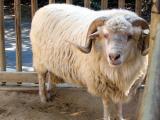
|
Navajo Churro SheepThe Navajo-Churro was the first domesticated sheep introduced into North America. Brought from Southern Spain in 1514, Churro sheep became the mainstay of Spanish ranches and villages along the Rio Grande. |
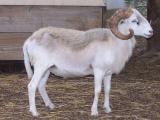
|
New Mexico Dahl SheepNew Mexico Dahl Sheep are an almost extinct Spanish Colonial heritage hair sheep breed under development at Terra Patre Wildlife Preserve & Teaching Farm in Colorado and New Mexico. The goal in developing these unique sheep is to produce a truly multi-marketable, low-maintenance product. These hardy, no-shear sheep are beautiful and majestic with the rams supporting magnificent horns. They are also very excellent sources of lean, less muttony tasting meat. |

|
New Zealand Halfbred SheepThe New Zealand Halfbred is a registered breed of sheep, originally developed in the 19th century by crossing one of the English longwool breeds such as Lincoln, English Leicester, or Romney, with the Merino. |
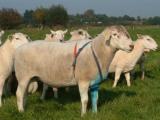
|
Nolana SheepThe breeding aim of the Nolana sheep is to combine the advantages of hair sheep with the advantages of native wool sheep. Nolana sheep are hair sheep. They don’t produce wool, but carry a smooth coat during summer and a 4-5 cm (1.6-1.8 in) thick pelt during winter which they shed naturally in spring. Therefore, they don’t need to be shorn. |
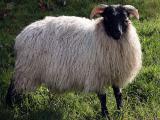
|
Norfolk Horn SheepThe Norfolk Horn originated in Norfolk, Suffolk and Cambridge, England. It is one of the ancient "Heath" breeds now being revived in small numbers. The Norfolk Horn was used along with Southdown in the development of the Suffolk breed. |
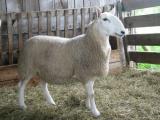
|
North Country Cheviot SheepNorth Country Cheviots are a "hill breed" of sheep. They evolved on the rugged Scotch highlands and of necessity had to thrive unattended by man and search for food on wild unimproved land. In these conditions the ewes usually lambed alone, and the newborn lambs survived by their near-miraculous ability to get-up, nurse, and run just minutes after their birth. |
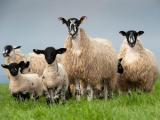
|
North of England Mule SheepThis medium- sized crossbred sheep, sired by the Bluefaced Leicester, has a Swaledale or Northumberland type Blackface dam. The latter two breeds are born and reared on the Northern fells and moors and noted for their qualities of hardiness, thriftiness, and longevity. The Mule ewe has the ability to produce and rear prolific crops of lambs under any system. |
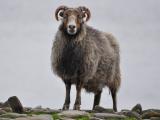
|
North Ronaldsay SheepThe North Ronaldsay is a small rare breed of sheep of the Northern short-tailed group of breeds. They have remained virtually unchanged. Their most unique feature is their diet, which consists mostly of seaweed. Mature ewes rarely exceed 25 kg (55 lbs); rams about 30 to 35 kg (66-77 lbs.). The animals are primitive and fine-boned and have evolved in a specialized seashore environment on their native island. |